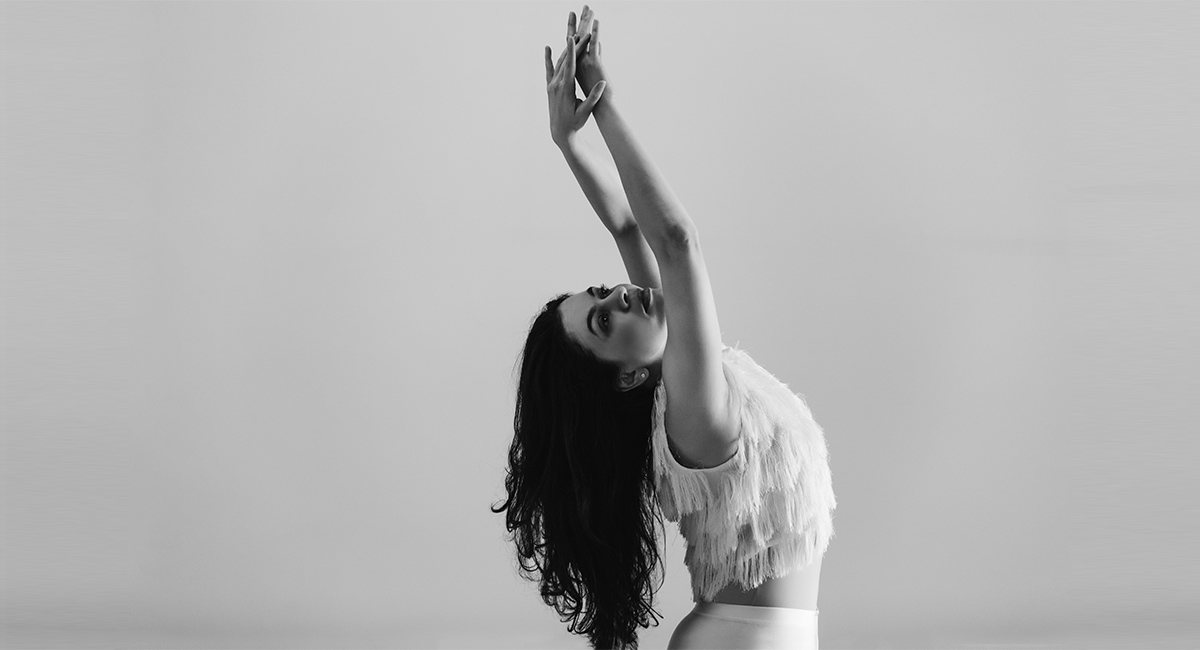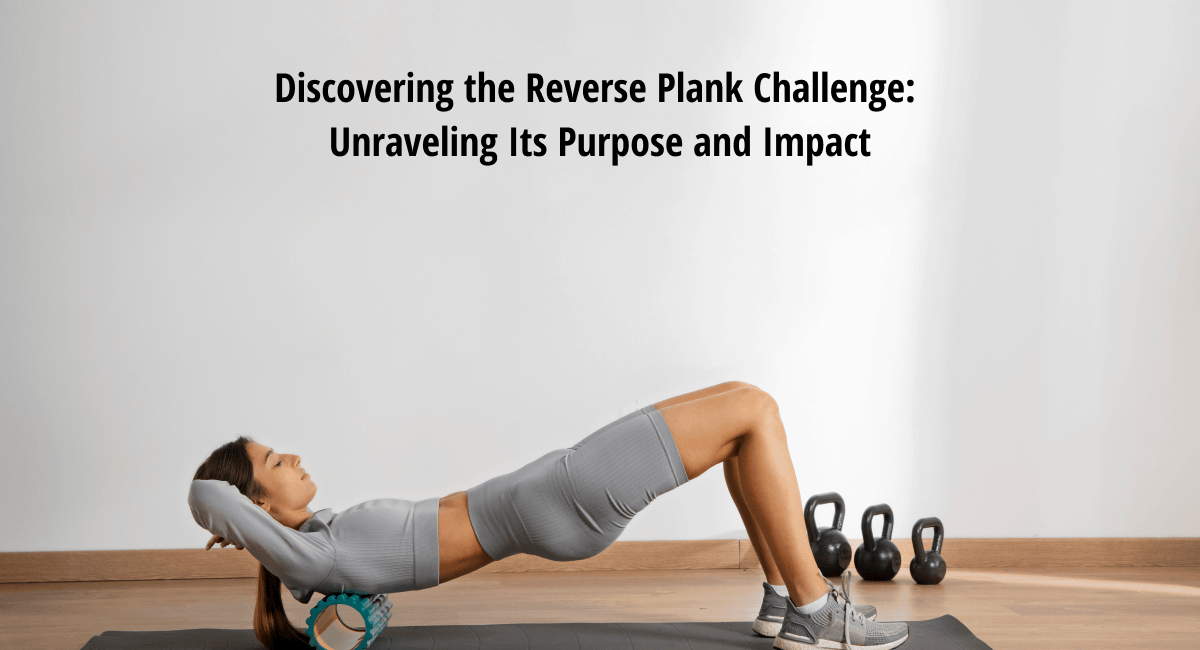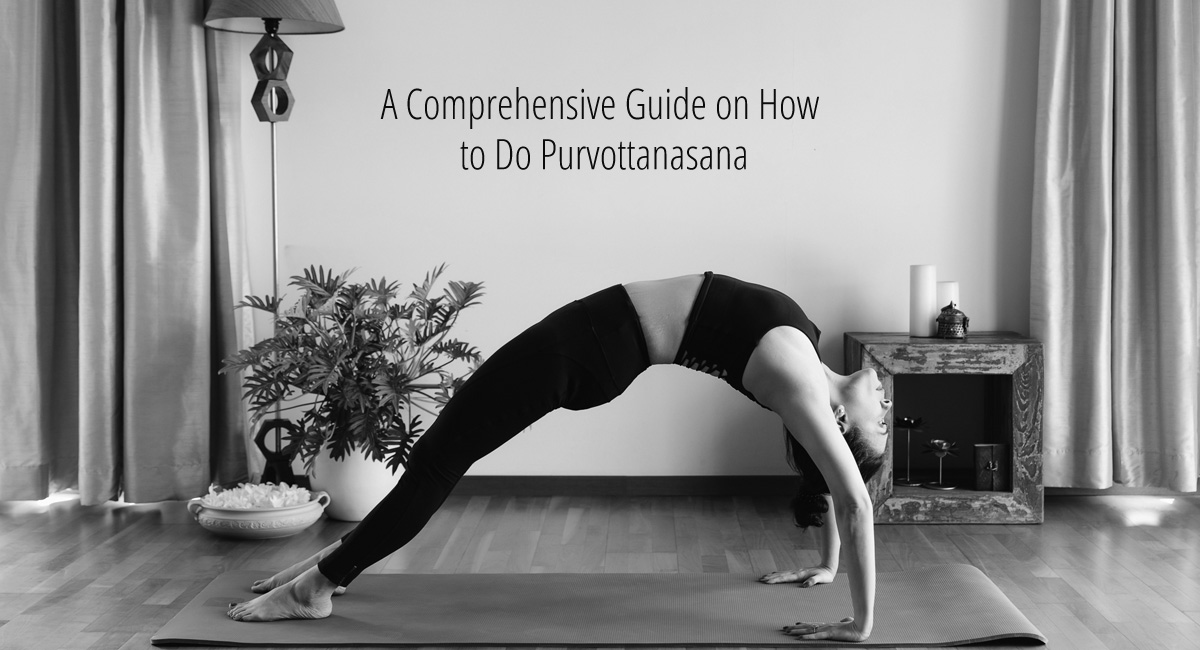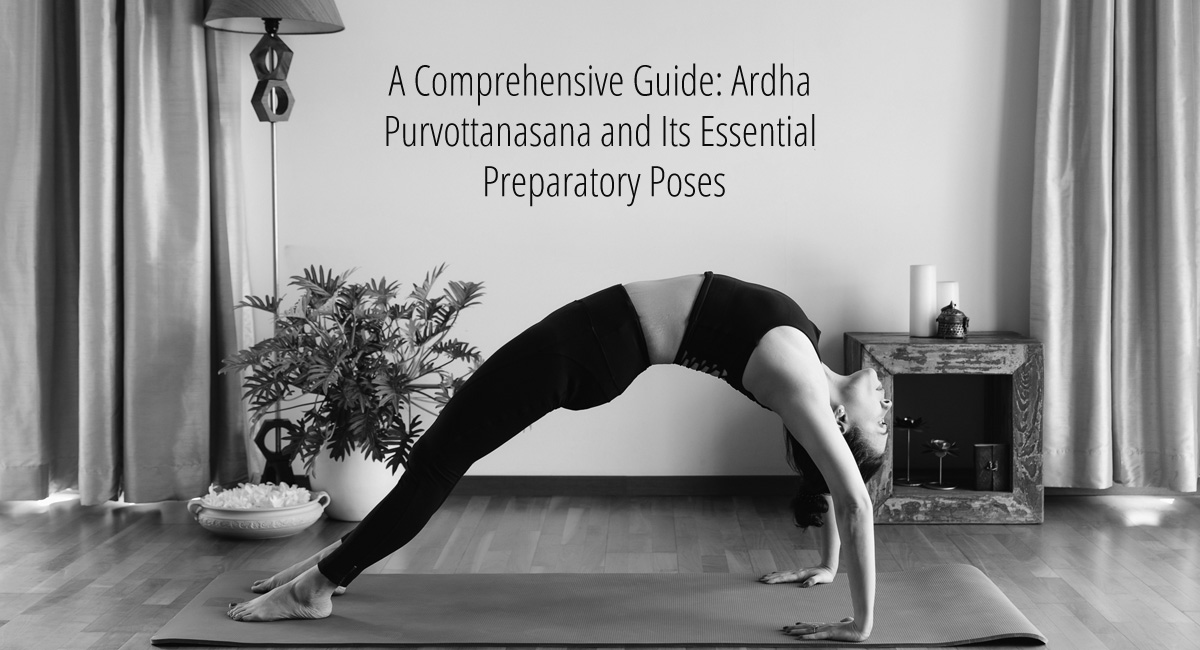
What is Dance Movement Therapy ?
Table of Contents
Research is now telling us that a free approach to body movement is essential to mental and emotional health. Creative dance gives everyone an opportunity to discover their own forms of movement expression, according to their physical and psychological needs.
For more than a millennia, ancient and indigenous societies have used Dance to heal and promote a sense of community. Victory, fertility, productivity and health were directly connected to the community’s ritual songs and dances. Throughout history people have expressed themselves through moving together to a common rhythm. They danced at the most important times of their lives. Feelings and emotions were shared through common participation in movement. Today, Dance Movement Therapy uses these and other aspects of dance to treat, assess and prevent various disorders and for holistic wellbeing.
Treatment goals include awareness, expression, insight, interpersonal communication etc. Patients achieve these objectives by working with natural elements of dance and movement. Because the fundamental elements of movements are available to everyone, patients do not need training or talent to benefit from Dance Movement Therapy. The greater the repertoire ( variety of movement not skill ) the better the person is, to feel, to explore, to express.
In the United States, movement was first used as a medical intervention in the 1940’s. Dancers and pioneers such as Marian Chace, Trudi Schoop etc used their experiences as performers to bring to seemingly unreachable patients new venues for communication and expression.
Movement Empathy, sometimes called Kinesthetic identification or attunement has become a cornerstone of dance movement therapy. It works on the premise that the mind and body are inseparable, that a change in one effects a change in the other. The body is seen as an instrument of expression and a catalyst for change. Dance movement therapy is the psychotherapeutic use of movement as a process that furthers the emotional, social, cognitive and physical integration of the individual.
It acknowledges the following principles:
- Dance communicates.
- Elements of dance and movement relate to culture, personality, mental status and the healing processes.
- It draws from the transformative processes and many levels of kinesthetic expression inherent in dance.
- Movement empathy generates and supports the therapeutic alliance.
Movement empathy requires that therapists consciously incorporate aspects of patient’s movement into their own expressions. This process is called mirroring, which is the kinesthetic equivalent of a conventional psychotherapist.
What is the difference between Art and Therapy?
They have entirely different goals and motivations. The goal of therapy is the healing of illness. The goal of art is the creation of a satisfying form- in movement, sound, colour, words. Therapy is utilitarian, serving a purpose beyond itself, successful only if it promotes healing. Art may indirectly serve some useful purpose, but it has the primary goal of providing aesthetic purpose. Therapy and art are both concerned with the expression of feeling, but in therapy the expression of feeling is a primary goal.
Biologic mechanism of action:
Changes that occur in dance movement therapy relate directly to the brain’s interactive function, to the neural interplay between motion and emotion. Dance and other forms of volitional movements constitute cortically controlled responses and reflexive components that accompany purposeful acts. The cortex mediates the intention of an action. Intention affects the occurrence of neuromuscular actions and the expression of the ensuing feelings.
Thus the therapist aims for meaningful expression characterized by levels of muscle
tension and kinesthetic relationship to space, gravity and timing, that are condusive to the intention, affect and event in which the action is embedded.
Demographics:
Dance movement therapists work with children and adults in psychiatric, rehabilitative, correctional, community, educational, hospice and private practice settings. Patients come from all socioeconomic backgrounds.
Practical applications:
Assessments usually require between two and four 30 to 60 min sessions, depending on the patient’s age and diagnosis. Patients in private practice also seek dance movement therapy services for developmental concerns, such as empty nest syndrome, serious illness, relationship problems and personal growth. Treatment for the later concern may include building confidence, breaking creative blocks, addressing a weight preoccupation (non eating disorder) and alleviating performance anxiety.
Dance movement therapy is highly effective in the treatment of anxiety and for patients with psychiatric disorder such as schizophrenia. More specifically rhythm and movement, grounded in basic biological functions such as breath and pulse, has the power to organize individuals and groups and alter affect.
Dance movement therapy can include the following groups and more:
- Victims of physical and sexual abuse, men and women who have eating disorders, people who are struggling with serious illnesses such as asthama, cancer, aids, heart disease etc.
- Children and adults who express their problems somatically, example, self destructive behaviours, excessive involvement with real or feared bodily injuries, significant weight loss or weight gain, insomnia, promiscuity, poor hygiene and other reasons.
- Children and adults with communication disorders, autistic disorder, learning disabilities and other disorders first diagnosed in infancy, childhood and adolescence.
- Children who are suffering from separation anxiety or have reactive attachment disorder.
- People with Alzheimer’s disease.
Healthy older adults also respond positively to awakening the body, activating muscles and joints and reducing body tension. The dance movement therapy session gives older adults the chance to reminisce and to preserve or reclaim their bodies.
Evidence based:
Research investigating the efficacy of dance movement therapy has focused on case studies and outcome studies examining, psychologic, performance and motor related variables. Subjects have included all ages, from infants to adults. These studies have reported positive psychologic outcomes in a wide variety of phenomena. These outcomes include reduced anxiety, changes in self concept or body image, significant decrease in depression, improved relatedness and social interaction, heightened levels of attention and improved cognitive processes.
Dance movement therapy also positively affects physical sequelae. This additional effect is especially important when emotional distress exacerbates conditions such as traumatic brain injury and heart disease. Hyphothesis generating research suggests a relationship between the moments during appointments when a practitioner and a patient move in synchrony and the information the patient recalls later.
Basic Science:
The picture of the brain as a collective that requires neural communication between both hemispheres and among the various parts of the brain relates directly to the dance movement therapy’s attention to the neural interplay between motion and emotion. The motor loop concerned with control of movement and the limbic loop with the control of emotion, work together to integrate thought and emotion into behaviour. Simiarly in dance movement therapy, feelings and thoughts generate movement, and movement in turn affects emotion and cognition.
Self-help VS professional:
It is dangerous for patients to attempt in depth dance movement therapy on their own. Enlivening the body mind connection and stimulating the unconscious is risky without a trained witness. It can halt rather than support a patients progress. Patients who have undergone trauma must be aware of overstimulating their limbic systems without supervision. Working with a dance movement therapist is ideal for this population. Patients can practice techniques to help relax, reduce stress, counter symptoms and engender feelings of self- confidence and well -being, but with a therapist’s guidance.
Visiting a professional:
Typically dance movement therapists work in large offices, dance studios, gymnasiums etc. Chairs are kept for patients who cannot sit on the floor. Bothe grop and individual sessions consist of three parts: first is warmup, second is development and third is closure.
Warmups that are set to music may include simple rhythmic steps, attention to individual body parts, or developmentally based movement parameters, relaxation exercises, breath work, dances with the patient, or witnessing the patient, moving among these leadership roles.
A patient’s in depth work occurs during the development phase. The dance movement therapist and patient work as a team to seek creative ways to embody emerging themes and integrate motion and emotion.
Closure acknowledges the individual’s process both non verbally and verbally and ensures that that the patient is oriented to the present.
Follow up may include the following:
Homework such as practicing new skills, making another appointment, deciding to join a group after a period of individual work and communicating with referring health professionals.
Training:
Dance movement therapists require extensive training in dance and also a Masters degree in dance movement therapy, counseling or another related field. Courses include theory, practice, movement observation and analysis, group processes, kinesiology and internships in dance movement therapy.
Key issues:
Dance movement therapy works with the body and dance, two variables that oftren make people uncomfortable. Increased referrals from physicians could stimulate growth in the field, in terms of practitioners and quality of research.
What to look for in a therapist:
A preferred provider will be certified as a dance movement therapist. They may have experience and certification in other fields as well relating to Dance or counseling. A few years of experience, area of specialization, publications, website and positive endorsements, are good attributes to look out for.
References:
Dance/movement therapy: Dr Danielle Fraenkel, American journal of dance therapy

I am a Pune based artist, Kathak dancer, Dance Movement Therapist, and an avid Yoga practitioner/ teacher. I am also the Director at the Sakal Media Group, a Trustee of Pune Blind School and Nirdhar Trust.
Being a part of Sakal Media Group, with its strong foundation of service and ethical journalism, I am deeply committed in making this world a better place by pushing boundaries, giving opportunities to others, following my convictions, helping others make better choices and to tell powerful stories that will help reshape the world we live in.





